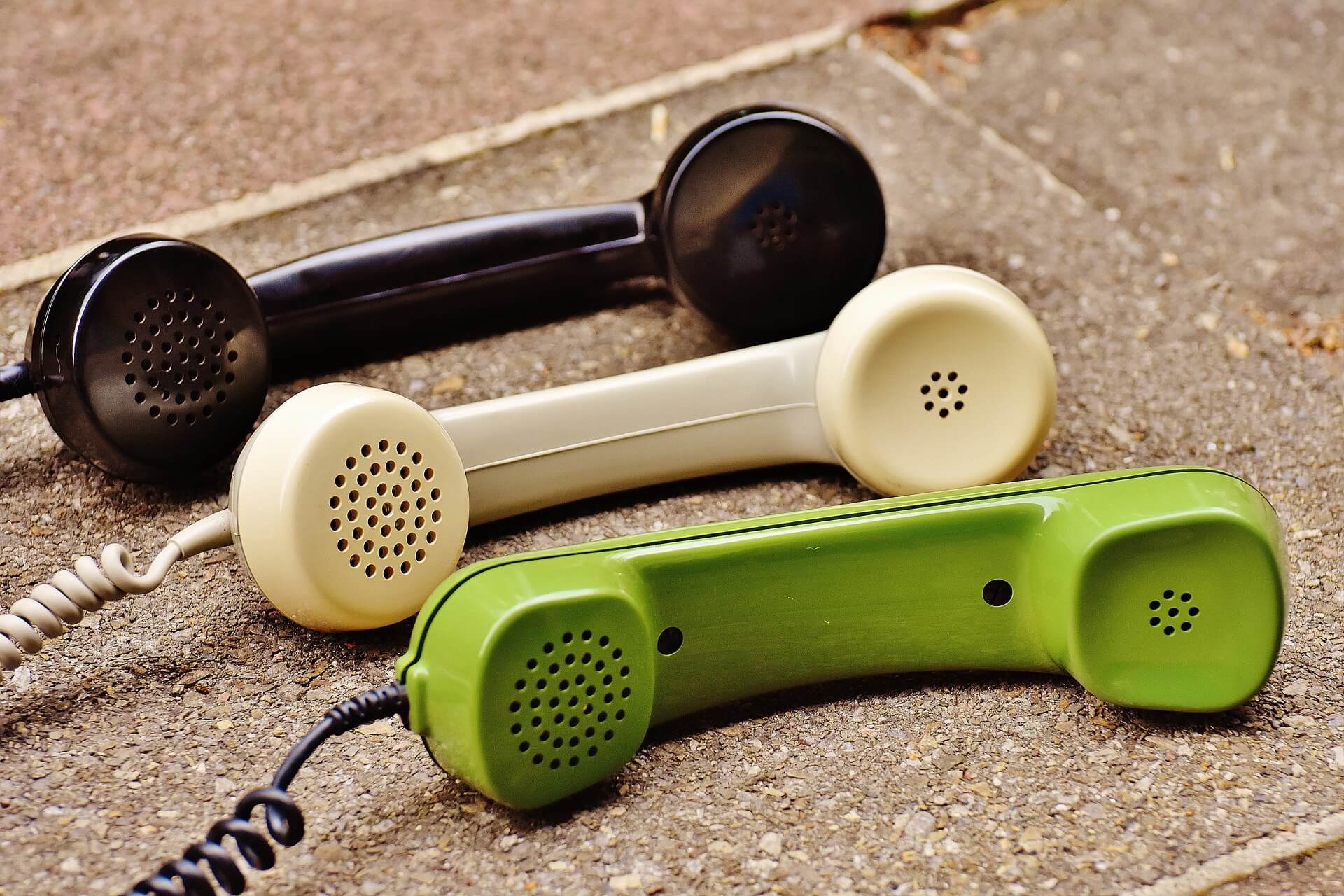
The short answer is all of them.
But that’s not always possible, especially if you have a high gift volume.
Few doubt the power of thank you phone calls. McConkey International UK found that first-time donors who get a personal thank you within 48 hours are 4x more likely to give a second gift. Penelope Burk says that a thank-you call from a board member to a newly acquired donor within 24 hours of receiving the gifts will increase their next gift by 39%.

It’s no surprise why.
You can make a personal connection and learn something about the donor. In today’s digital world, a heartfelt thanks over the phone (voicemails are good too!) stands out amongst the bombardment of solicitations we receive daily.
In her excellent Thank You Calls eBook, Claire Axelrad lists first-time donors as the #1 segment of donors to make thank you calls to, and with good reason.
But what if you just can’t get to all of them? Which first-time donors take priority?
Here are my rankings of sub-segments of first-time donors that you should prioritize thank you phone calls for (assuming you have a phone number for them):
1. Monthly Commitment
Someone who makes their first gift a recurring monthly donation is an enormous engagement signal, even if it’s a small dollar amount. Not only are they making their first gift, they’re also trusting you enough to charge their credit card every month. They like you and they want to continue their support on an ongoing basis.
These folks should be your first call. Be sure to bring up the fact that their support is ongoing in your thank you (welcome them into the giving “club” if you have a name for your monthly donors).
Don’t let not having a phone number stop you from showing new monthly donors extra appreciation. One organization here in Indianapolis segments their monthly donors and takes the time to create personal webcam videos for each: https://share.vidyard.com/watch/rh6mDE1mrwLKqZChs2bPfS
2. Past Volunteer
Similar to a monthly commitment, moving a volunteer to their first donation gives you two engagement signals to go off of. They’ve liked you enough to give their time, and now they’re also giving their money.
Be sure to bring up the fact that they’re also a volunteer in your thank you.
3. Affinity / Ability
Another way to put this is does this person have the capacity to give more than they did?
Of course, this requires you to have some kind of wealth screening tool or prospect research resource at your disposal.
What you’re looking for here is do they give to other organizations like you, and do they give more to them than they just gave to you. If the answer to both is yes, you might want to give them a call. Their first gift may have been a “testing of the waters” of sorts, and some additional stewardship could move them towards a greater commitment.
Other signals to look for are real estate ownership, whether they have served or are serving as a foundation trustee, and whether they have given to political campaigns.
4. Gift Amount
Even though I’m not crazy about segmenting any communications by gift amount, some common sense should come into play here. If you have two donors and can only make one phone call, you might consider calling the donor who gave you more.
At the same time, a monthly commitment starting at $10 per month is more significant, in my opinion, than a one-time $100 gift – not just because $10 x 12 = $120 (think: lifetime value!), but also because of the trust factor associated with a recurring gift.
Bonus: de-prioritize P2P and tributes
If you’re feeling overwhelmed by the amount of thank you phone calls you need to make (board members can help!), you can safely ditch two channels: peer-to-peer and gifts in memorial.
In both cases, there was likely a fundraiser on your behalf (the person running the 5k, for example, the family member who chose you for donations at the funeral home).
Since the donor may not have a direct connection with your cause and has more of a connection with the fundraiser, you might consider having the fundraiser call to say thanks. If you’re able to give them guidance, encourage them to speak to why your nonprofit was chosen, why they support you, and why the donor should continue supporting you.
Whether or not your goal is a call list, segmenting your data in this way is a worthwhile exercise. It will help you personalize and contextualize your thank you’s for the individual recipient, putting you on the road towards a long-term relationship.
This is an article by Steven Shattuck published on Bloomerang. Read the original article here.

